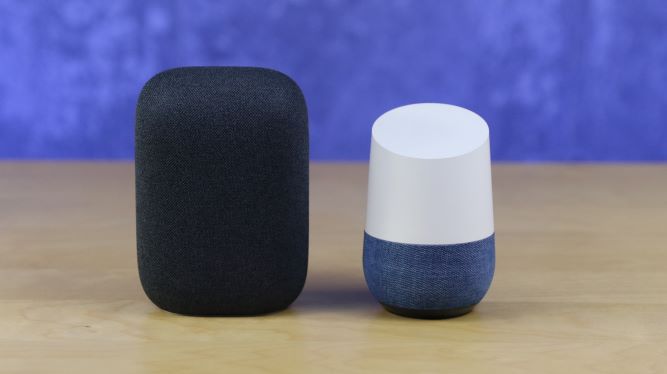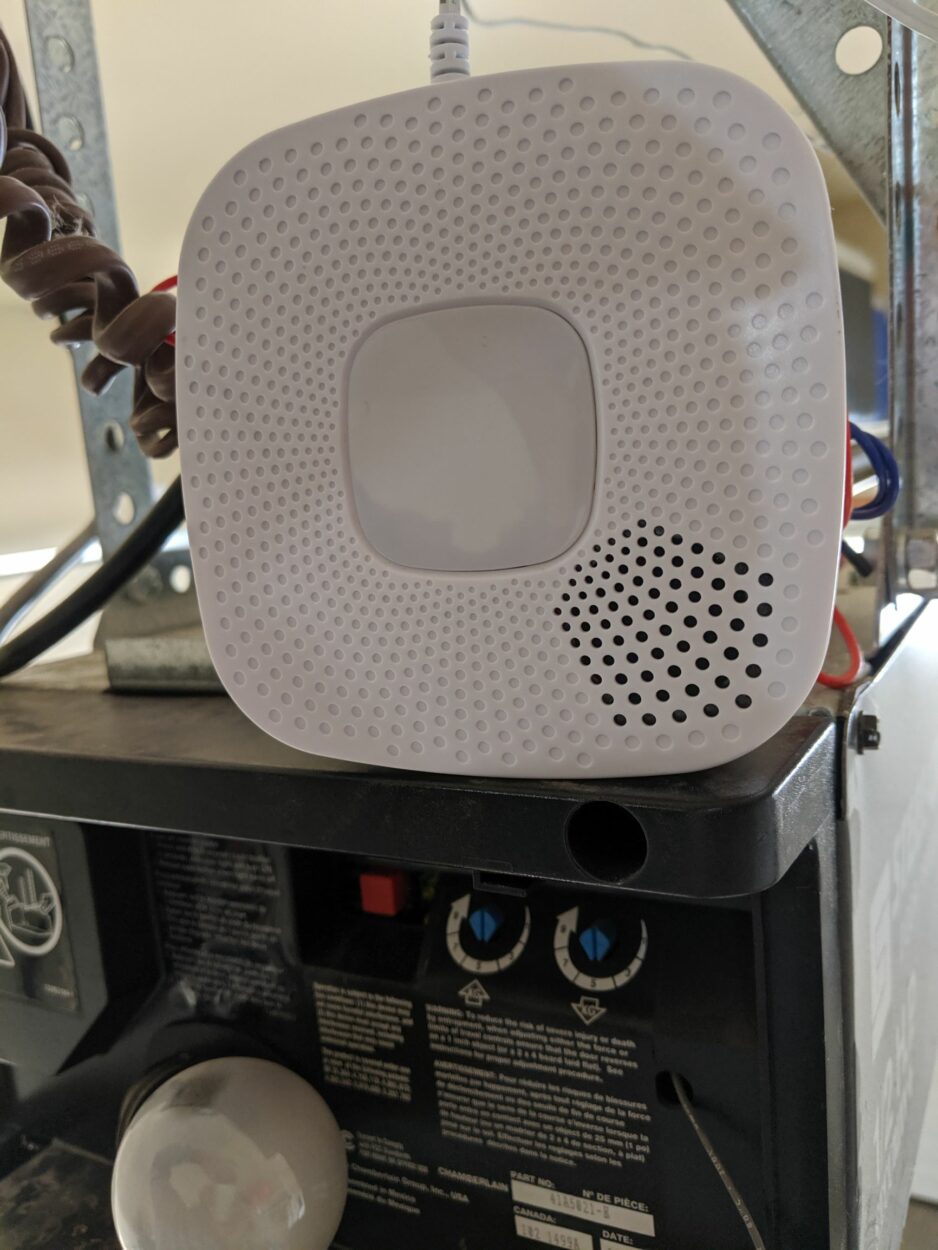I just received a warning on my iPhone screen that says, “Liquid Detected in Lightning Connector.” I guess my phone’s lightning port must be wet or something.
I read that this message can also appear if the phone detects liquid on some of the accessories connected to the lightning port, like a speaker or earphones. I’ll make sure to dry everything off and see if the warning goes away.
If you’re here because you just saw the warning Liquid Detected in Lightning Connector on your iPhone screen, this article is for you!
Moisture warnings on any device shouldn’t be ignored. As a user, you should know the dangers and effects of moisture on your device.
Water damage on your iPhones can be prevented if you know what to do in case the liquid detection warning pops up on your phone’s screen.
Let’s find out!


Do’s and Don’ts for dealing with liquid damage in the Lightning connector
| Do’s | Don’ts |
|---|---|
| Power off the device | Do not charge or connect the device |
| Disconnect any accessories | Do not use heat sources to dry the device |
| Dry the exterior of the device | Avoid shaking or tapping the device |
| Allow the device to air dry naturally | Do not rely solely on unverified drying methods |
| Use desiccants or moisture-absorbing packets | Do not ignore persistent issues or signs of damage |
| Monitor the device for signs of damage | Avoid opening the device yourself |
| Consult professional assistance if needed |
Explanation:
- Power off the device: Turning off the iPhone immediately helps prevent short circuits and potential damage caused by electrical components.
- Disconnect any accessories: Removing connected accessories prevents damage to them and avoids potential issues when handling the iPhone.
- Dry the exterior of the device: Gently wiping the iPhone with a soft, lint-free cloth helps remove excess liquid from the surface, minimizing damage.
- Allow the device to air dry naturally: Placing the iPhone in a dry, well-ventilated area at room temperature enables moisture to evaporate over time.
- Use desiccants or moisture-absorbing packets: Placing the iPhone in a sealed bag with desiccants, like silica gel packets or uncooked rice, can aid in moisture removal.
- Monitor the device for signs of damage: Keep an eye out for any persistent issues or unusual behavior after the device has dried, and address them promptly.
- Consult professional assistance if needed: If you have concerns or encounter ongoing problems, seeking help from authorized service providers or Apple Support is advisable.
Why does my phone keep saying Liquid Detected in Lightning Connector?”
The Liquid Detected in Lightning Connector pop-up on your iPhone screen is a warning indicating that moisture is detected on the lightning port, lightning cable, or lightning accessory.
Also, this means that you should stop charging your iPhone to avoid corrosion on the pins, lightning port, or cable. Corrosion can cause damage to the charging port resulting in connectivity issues for your iPhone and its accessories.
If you really need to charge your iPhone while the liquid detection warning is on, use a wireless charger. However, make sure the back of the iPhone is dry before resting it on the charging dock.


How do you get liquid out of a lightning connector?
Here’s what you should do to get the liquid out of a lightning connector:
- Leave your iPhone in a dry area away from anything with moisture.
- Tap the iPhone gently against your hand with the lightning connector facing down to get rid of the water or moisture.
- Make sure the lightning connector is dry before attempting to charge your iPhone.
On the other hand, here’s what you shouldn’t do:
- Avoid using heat or compressed air to dry the lightning connector.
- Do not insert any foreign object into the lightning connector.
- Do not soak your iPhone in rice.
Starting from the iPhone 7 model, Apple introduced water and dust resistance in their iPhones. However, it’s important to note that water resistance does not make the device completely waterproof. It is designed to withstand accidental exposure to water to a certain extent, but it is not recommended to intentionally expose your iPhone to liquids.
Can I override the liquid detected in the lightning connector?
Yes, you can override the liquid detection warning on your iPhone.
If it’s an emergency, you can override the liquid detection in the lightning connector pop-up on your iPhone.
All you have to do is remove the iPhone’s charger and re-insert it again. You’ll see the liquid detection warning on the screen, but you’ll have the option for Emergency Override.
Emergency Override ignores the liquid detection alert and forces your device to resume its normal functionality. You’ll be able to charge the device whether or not the charging port is wet. You should, however, be aware that this might cause serious damage to your iPhone.
If your device has been exposed to liquid, you may notice certain symptoms such as the charging port not working, erratic behavior, poor audio quality, or the device not powering on. In such cases, it is advisable to avoid charging the device and seek professional assistance.


How long does it take for moisture notification to go away?
Generally speaking, as long as there is moisture detected, the notification won’t go away.
It is reckoned that it might take up to 24 hours to dry the lightning port from moisture completely. However, you may be able to speed up the drying process if you leave your iPhone to air dry safely in a well-ventilated space.
High humidity levels, exposure to liquids with high water content, or immersion in water can prolong the drying time. It’s crucial to avoid using external heat sources (e.g., hairdryers or microwaves) as they can damage the device.
Why isn’t my iPhone charging after water damage?
Your iPhone may not be charging after water damage because the charging port is damaged.
This happens when the water directly penetrates the charging port. As a result, it damages some of the internal components of the iPhone due to corrosion.
On a side note, if you have ruled out water damage, the problem may be with the battery. No worries. iPhone batteries can be replaced.
It is essential to exercise patience and not rush the process. Trying to charge the device prematurely while moisture is still present could potentially lead to further damage. Continuously monitor the moisture notification and refrain from connecting the charger until the notification disappears.
How can I dry my charging port faster?
Here are ways to dry your phone’s charging port faster:
- Let your phone air dry.
- Gently tap your phone against your hand with the charging port facing down.
- If you have submerged the phone in water, get a towel to dry it. (At this point, I am not sure if you can still get it to work. But no harm in trying!)
It is crucial to avoid using heat sources like hair dryers, as they can cause further damage. Taking the device to an authorized service center or contacting Apple Support for guidance is the best course of action.
Can I charge my phone with moisture detected?
It is not recommended to charge your phone when moisture is detected in the charging port. Charging your phone while moisture is present can potentially cause damage to the device and may lead to further issues. The moisture detection feature is designed to protect your phone from potential damage that could occur from charging while wet.
In Summary
If you happen to encounter the liquid detection warning message on your iPhone when you’re charging it, it’s crucial to stop charging it right away.
You should give the lightning connector ample time to dry out before trying to charge your device again. It’s highly unadvisable to use the charging port if it’s still damp.
If you’re in a bind and need to charge your iPhone immediately, you can choose to use the Emergency Override feature, although it’s not the optimal choice. Remember to prioritize your device’s safety at all times.


